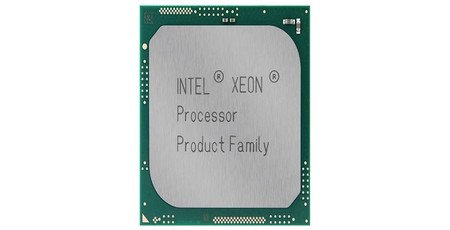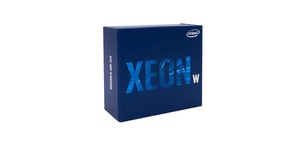
Intel has updated its public processor roadmap for the Xeon family of workstation- and server-centric chips, and in doing so has confirmed that it won't be releasing Xeon-branded parts on its long-delayed 10nm process node until some time in 2020.
Intel's march to 10nm has, to say the least, not been smooth. In its constant march to keep up with Moore's Law, the observation from Intel co-founder Gordon Moore that the number of transistors on cutting-edge chips tends to double every 18 months, the company had adopted a two-phase tick-tock development cycle in which it spent one year developing new and improve microarchitectures on its current fabrication process node and the next year shrinking its process node but keeping the microarchitecture roughly the same. In 2012 the company was still confident this was the way forward, promising that it would launch its first 10nm parts by 2015; difficulties shrinking the process, though, led to not only a delay to the launch but the complete abandonment of tick-tock development in favour of releasing incrementally improved microarchitectures on the same process node for several years running.
Earlier this month Intel confirmed that its 10nm parts wouldn't be appearing until late 2019 at the earliest, making them a full four years overdue, with confirmation that the company will be moving its less-complex consumer parts across first and its data centre products 'shortly after'. The company did not, however, indicate just how short the gap between the two would be, but it was generally accepted that the company meant the first 10nm Xeon-branded parts for workstation and server use wouldn't arrive until 2020 - something the company's latest roadmap update has now confirmed.
Presenting at the Data Centre Innovation Summit late last night, attended by Anandtech, Intel confirmed that there will be two more generations of 14nm Xeon parts: Cascade Lake, which brings built-in support for the company's Optane Persistent Memory technology, security mitigations for a subset of the Spectre family of speculative execution flaws, and new instructions for boosting deep-learning neural network applications; and Cooper Lake, which will include support for the bfloat16 data format, a truncated 16-bit variant of the 32-bit IEEE 754 floating point format again designed to boost the performance of neural network applications.
The roadmap further confirmed that Ice Lake, the company's first 10nm Xeon family, won't be arriving until some time in 2020 - and, in a move that may concern investors, the company did not say whether it was talking early or late 2020.

MSI MPG Velox 100R Chassis Review
October 14 2021 | 15:04








Want to comment? Please log in.